or return to April 1999 Contents
or return to April 1999 Contents
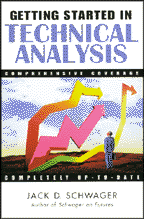 |
1 Wiley Drive |
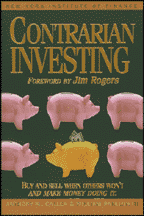 |
Two World Trade Center |
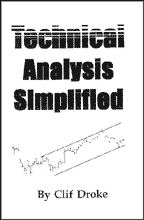 |
816 Easely St., #411 |
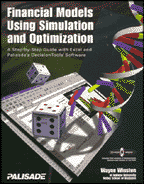 |
31 Decker Road |
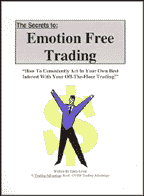 |
1749 Golf Road, #115 |
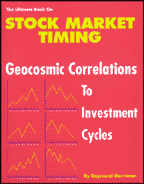 |
PO Box 250012 |
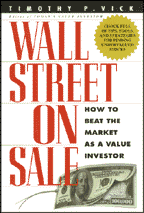 |
11 W. 19th St. |
 |
1 Wiley Drive |